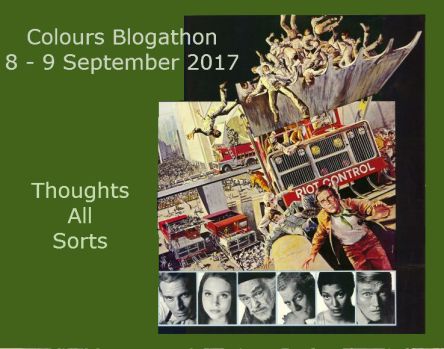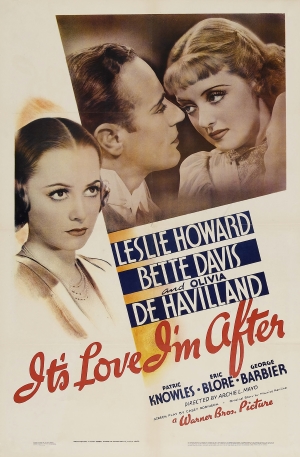
Dey Turk Ur Jerbs!
Today when the issue of immigration is brought up you will likely be shouted down as a racist by many factions. Since there are people who believe white supremacists (an increasingly meaningless buzzword) have actual influence today in the age of Trump, what does 1937’s Black Legion say on the issue of immigration and people who are without a doubt real white supremacists. Black Legion was inspired from true events from an organisation of the same name despite the film’s false opening disclaimer.
In Black Legion Humphrey Bogart plays the role of Frank Taylor, a family man who is a far cry from the likes of Rick Blaine or Phillip Marlowe. However, Bogart being one of the most adaptable actors he never feels out of place in the part not to mention he actually had a boyish look to him in his early films before he became more rugged over the next few years. Bogart isn’t a tough guy here but rather someone who tries to act like a tough guy. This is exemplified in one of the film’s most memorable scenes in which Frank stands in front of a mirror while alone in the living room of his house with a gun in his hand and admiring the way he looks with it. He feels empowered by it and develops a false sense of security as he plays it tough to bolster his lack of confidence as rarely does Frank ever look totally comfortable within in the Black Legion itself.
Frank Taylor is drawn to racial hatred and later to joining the Black Legion after he loses a job promotion of factory foreman to Joe Dombrowski, a foreign-born worker. Dombrowski is an interesting character. When the position of foreman opens up Joe states that he believes Frank will make a great foreman as he has been employed longer than any of the other employees. However, it is Dombrowski who gets the job as he goes to night school, reads many books and is even studying how to design a lathe such as those used in the factory. Although his nationality or ethnicity is never mentioned, the name Dombrowski is Polish and Jewish in origin while the movie also subtly hints at the character being Jewish when his nose is referred to as “a plenty big one at that”. Likewise the comments later given by Ann Sheridan’s character in relation to the idea of the Dombrowski’s setting their own house aflame for an insurance payment in that they are “honourable people” and that “they wouldn’t do a thing like that” gives the impression that they are pillars of the community and that the locals do not look on at them as foreigners.
Essentially the factory in the film operated as a meritocracy and employed the best person for the job (“They will fill it the way they always have, move the best man up”); the essence of the American Dream – study hard and you will be rewarded. Frank, however, is a sore loser and instead of reflecting on himself and seeing where he went wrong he takes the weak minded route out. How would Frank have reacted if the job had been given to one of his American born co-workers? He would not have been able to put the blame on “immigrants taking our jobs” so would he have come up with another lie in order to feel better about himself?
After Frank loses out on the promotion he comes across a charismatic radio presenter complaining about foreigners stealing American jobs and taking bread from American homes. Like this would have a hope in hell of appearing on any mainstream media today in what would now be referred to as “hate speech”. Likewise the scene in which Frank first attends a secret meeting held by the Black Legion in which a Hitler-esque speaker who overtly finger points gives a riveting yet at the same time ridiculous speech in which he speaks of ethnic nationalism and delves in conspiratorial nonsense on how foreigners “Now enriched with the jobs they have chiselled away from Americans and drunk with the power of their stolen prosperity, they are plotting to seize and control our government”.
With movies such as Black Legion and others from the mid to late 30’s you can’t help but ask would it be better if it were made before the code? Possibly the topic at hand would be presented in a less watered down manner. Look at a pre-code film such as Warner’s Five Star Final which had no problem with using a range of racial slurs whereas the only instance of this in Black Legion is the use of the word honyock. Likewise Black Legion does distinguish itself as an interesting beast of a film in that it feels like it is in between being a B picture and an A picture.
Interspersed between the main story is a love triangle subplot between Ann Sheridan, Helen Flint and Dick Foran. It’s largely a distraction from the main plot until it finally finds its relevance later on and is ultimately the lesser interesting portion of the film. Regardless Ann Sheridan provides some entertaining wise cracks plus Helen Flint plays a character called Mrs Danvers (no relation to the Rebecca character).
Does Black Legion hold much relevance for today? – To an extent yes. While much has changed since the 1930’s in today’s world of uncontrolled immigration, quotas and political correctness, there will always be groups of various political persuasions to pray on the weak minded.




